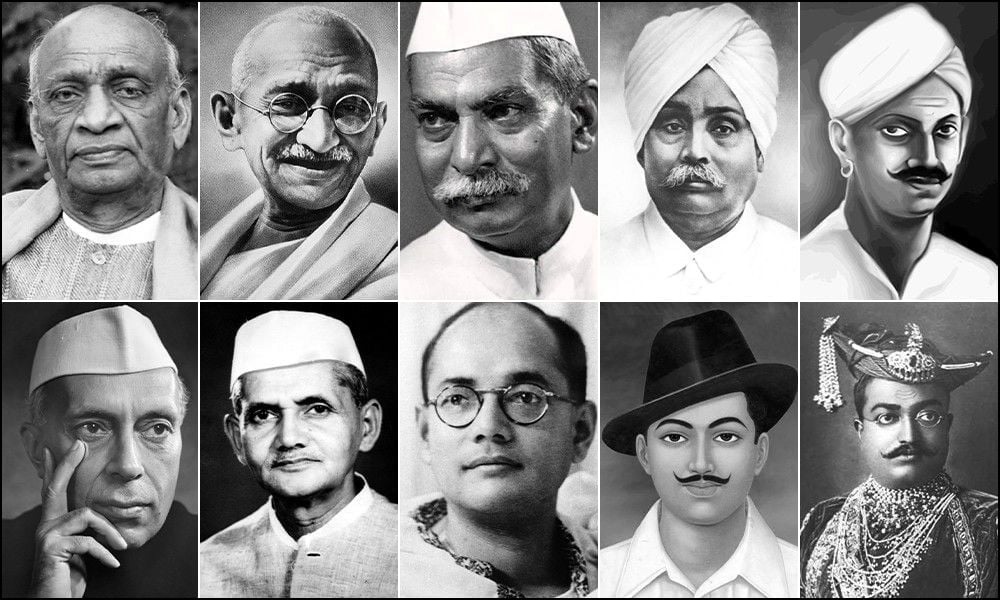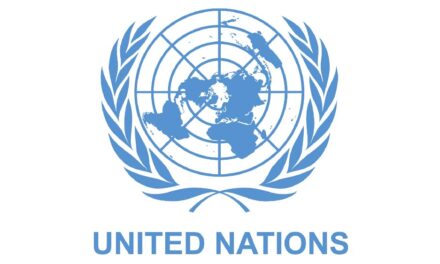India’s journey to independence was a testament to the unwavering resolve of its people and the indomitable spirit of its freedom fighters. Led by iconic figures such as Mahatma Gandhi, Jawaharlal Nehru, Sardar Vallabhbhai Patel, and Subhas Chandra Bose, among others, the struggle against British colonial rule was multifaceted and determined. Mahatma Gandhi’s philosophy of nonviolent resistance, encapsulated in the principle of Satyagraha, inspired millions to join the freedom movement. The Indian National Congress, under leaders like Jawaharlal Nehru, played a pivotal role in organizing mass protests and advocating for India’s independence on both national and international platforms. Sardar Vallabhbhai Patel’s strategic brilliance and organizational skills were instrumental in unifying the diverse strands of the freedom movement. Meanwhile, Subhas Chandra Bose’s fiery patriotism and commitment to armed struggle provided an alternative narrative, challenging the British Empire from within and without. Through decades of sacrifice, resilience, and collective action, India finally achieved its long-awaited independence on August 15, 1947, marking the end of nearly two centuries of colonial rule and the dawn of a new era of self-rule and sovereignty.
The worksheet covers the following topics: –
India National Congress- Moderates, Radicals, Lal-Bal-Pal
Partition of Bengal
Swadeshi & Boycott
The Revolutionaries
Gandhiji leads the Nation
Jallianwala Bagh Massacre
Non-Cooperation Movement
Simon Commission
Civil Disobedience Movement
Quit India Movement
Indian National Army
India becomes free
Independent India

















